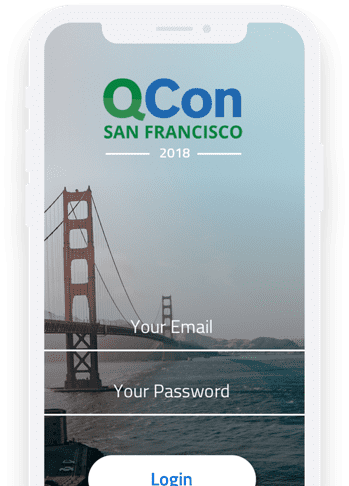Robotic Operating System (ROS)
Presentations about Robotic Operating System (ROS)

Open Source Robotics: Hands on with Gazebo and ROS 2
Interviews
Open Source Robotics: Hands on with Gazebo and ROS 2
Tell us about the work that you do today.
I've been working at Open Robotics for almost four years now. Since the beginning, I was a contributor to the software. I started as an intern remotely. Since I joined I have been in the Gazebo team, which is the simulator team. That's where the big chunk of my work is, both on the simulator itself which is in C++ (I’ve worked on a lot of graphical tools for the simulator), and also a lot of web. We have a web client that runs on mobile or on desktop, which is in JavaScript and I was very involved with it. Most recently I started joining the ROS team effort as well. We have two big projects, Gazebo and ROS. On the ROS side, we are focused mostly on ROS 2 right now, which is the next generation that is bringing a lot of updated features to ROS. One of the most recent projects I’ve been involved with was integrating Gazebo with ROS 2, so you can simulate ROS 2 robots easily.
What's this talk about?
The idea was to do a general overview of Gazebo and ROS, where they came from, who is using them, what you can do with them. Very high level, not so focused on the technical details. Then, in the second half of the talk, jumping into a live demo, how we go about constructing a robot in simulation, and then showing some of the tools that you can use in ROS to control them, using the command line, or some of the visualization tools to take data from the simulation and visualize that as if it was data from the real robot. I’ll talk about how you can share the same tools that you would use in simulation with the real robot. And also if we have time, look a little bit into the C++ code to see how to integrate custom controllers.



